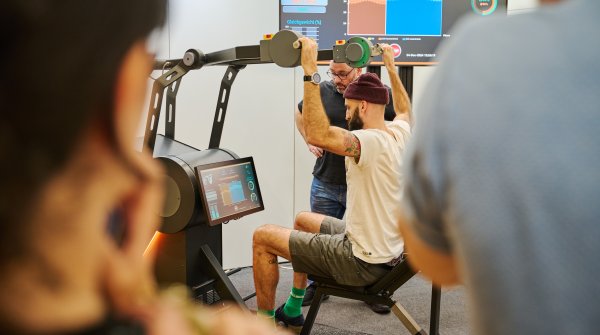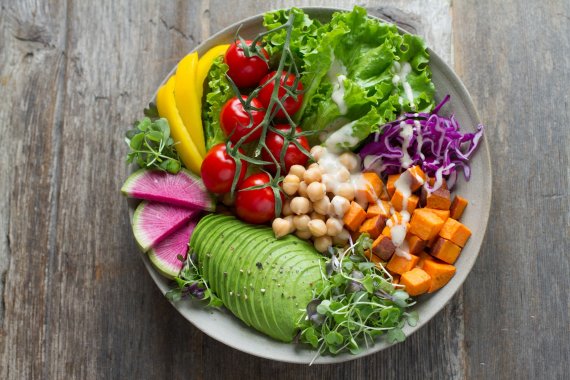
Bright signal red, rich dark and delicate light green, orange tones, shades of white, yellow, purple - walking through a vegetable market is also an aesthetic pleasure and makes our mouths water. The wonderful thing is that what looks so appetizing here is also delicious, healthy and invigorating. So we can only recommend the "5 a day" campaign for five fruit and vegetable portions a day for imitation:
The pioneers of this campaign were the USA. In the 1990s, the National Cancer Institute issued a guideline to eat five portions of fruit and vegetables a day - "5 a day - for a better health". Their goal: a healthier diet. Most importantly, they wanted to open people's eyes to the fact that there is indeed a link between what we eat and cancer prevention.
The proof of a direct link between the regular consumption of vegetables and fruit and a reduction in tumours has not yet been produced. However, studies from all over the world support the health-promoting effects. "Of the many nutritional factors that potentially come into question for cancer prevention, (the) influence of fruit and vegetables is scientifically best secured", formulates the German Society for Nutrition/ DGE and thus justifies at the same time the commitment to the "5 a day" campaign.
The association "5 am Tag e.V." was founded in Germany in 2000 and is supported by the German Nutrition Society, health insurance companies and others. Since 2002, the EU has also been supporting the "5 a day - for a better health" project.
The measure is one's own hand. In the course of a day, everyone should eat three portions of vegetables and two portions of fruit, which - metaphorically speaking - they could hold in their hand. For an adult, this results in a total of about 250 grams of fruit and 400 grams of vegetables, according to the DEG.
Those who take in enough nutrients, vitamins and minerals with their food can perform better. Especially for recreational athletes, this "more" is a decisive order of magnitude that needs to be dosed correctly. Because those who regularly work out also consume more minerals and vitamins.
With the correct portioning of vegetables and fruit one can save at the same time the - ever more popular - grasp to addition means. Munich sports physician Dr. Karlheinz Zeilberger is convinced: "In most cases, these supplements are neither useful nor performance-enhancing - unless there is a proven deficiency". The greatest benefit, he says, lies with the manufacturer.
It is recommended that raw and cooked vegetables balance each other out, whereby attention should be paid to gentle and low-fat cooking. Cooking in as little water as possible is one of the principles. Some ingredients, such as beta-carotene, are more easily broken down by the body when heated, while vitamins and minerals are considered very sensitive to heat.
Too many raw vegetables, on the other hand, can cause problems because it is more challenging for the gastrointestinal tract to break down raw plant fibers. Therefore, the full health effect is achieved in the mixed form and at the same time you are on the safe side without having to deal with the ingredients all the time. Here are some examples of what vegetables "bring" to the table:
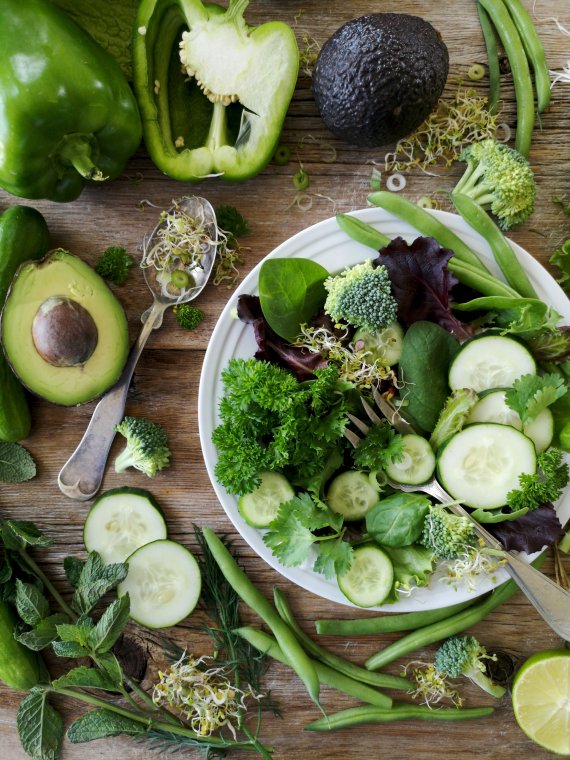
Bell peppers provide about three times as much vitamin C as citrus fruits. Thus, they strengthen the immune system and fill the reserves after the workout. In addition, the body forms hormones based on the vitamin C supply, which facilitate fat burning.
The secondary plant substances in vegetable peppers support the stomach and intestines - weight loss is made easier. Those who have no problems with the hard-to-digest skin should enjoy sweet peppers raw.
The essential oils in fennel have a calming and healing effect on colds. In addition, the vegetable contains plenty of potassium, calcium and magnesium. The minerals are important for the tension and relaxation of the muscles. Magnesium also has a stabilising effect on the heart and circulation and supports fat burning. By the way: Fennel bulbs are not only delicious as a cooked vegetable, but also in salads or smoothies.
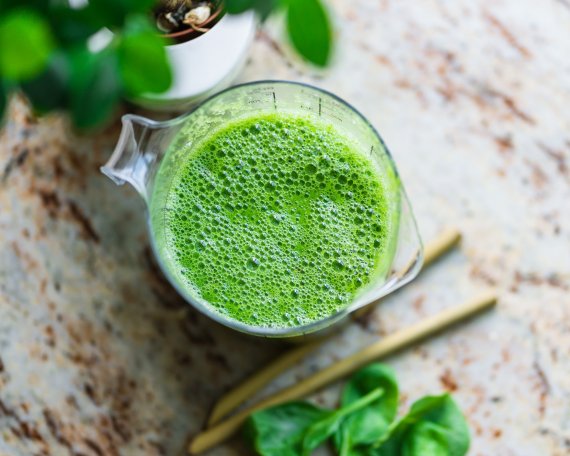
Broccoli is considered one of the most vitamin-rich vegetables, green and healthy with plenty of calcium for bones and muscles. Its sulphur-containing amino acids can help prevent injuries in sports because they are important for the metabolism of bones and cartilage. The green florets strengthen the immune system and thus fitness and are considered stress killers. It is recommended to cook the vegetables in steam or to nibble on them raw.
Because the orange Hokkaido can be processed with the skin, it retains its wonderful colour even after preparation. In fact, it contains more beta-carotene than the carrots, which are always so highly praised for this. This provitamin, which is converted in the body into vitamin A, which is important for the eyes, is an anti-inflammatory and cell protector that can become active against possible cancer cells.
For athletes, not only the low-calorie pulp is interesting, which satiates well and thus helps with weight loss, but also the seeds. The nibbles provide energy and, in addition to zinc and selenium, also contain vitamin E, which is crucial for fat and protein metabolism.
In addition, there is an amino acid which, as part of the happiness hormone serotonin, lifts the mood. However, not all types of pumpkin are suitable for roasting the seeds. Only the specially bred seedless oil pumpkins provide the seeds (and thus also the seed oil obtained from them).
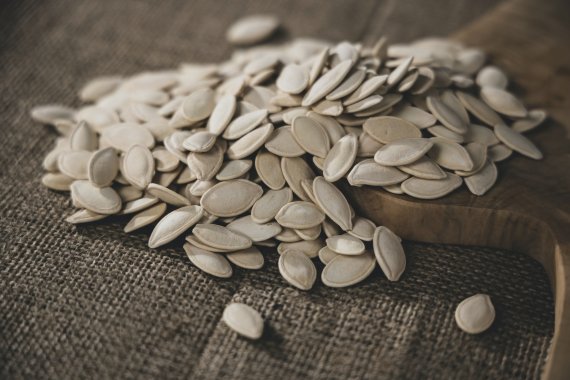
Beetroot dilates the blood vessels due to its high nitrate content and thus ensures better blood circulation in the muscles. During training and the subsequent regeneration, the nutrients are transported faster.
Blood pressure is lowered, which can boost performance in the gym. In addition, the beet contains a whole "cocktail" of valuable substances - from B vitamins to potassium, calcium, magnesium, selenium and manganese to iron and zinc.
We know the vegetable mainly pickled or cooked, but beetroot can also be cut raw in a salad. It's worth trying it out!
How useful is a campaign that promotes five portions of vegetables and fruit a day? Where should we start in order to publicise the health-promoting effects of an appropriate diet more aggressively?
- Awards
- Mountain sports
- Bike
- Fitness
- Health
- ISPO Munich
- Running
- Brands
- Sustainability
- Olympia
- OutDoor
- Promotion
- Sports Business
- Textrends
- Triathlon
- Water sports
- Winter sports
- eSports
- SportsTech
- OutDoor by ISPO
- Heroes
- Transformation
- Sport Fashion
- Urban Culture
- Challenges of a CEO
- Trade fairs
- Sports
- Find the Balance
- Product reviews
- Newsletter Exclusive Area
- Magazine


